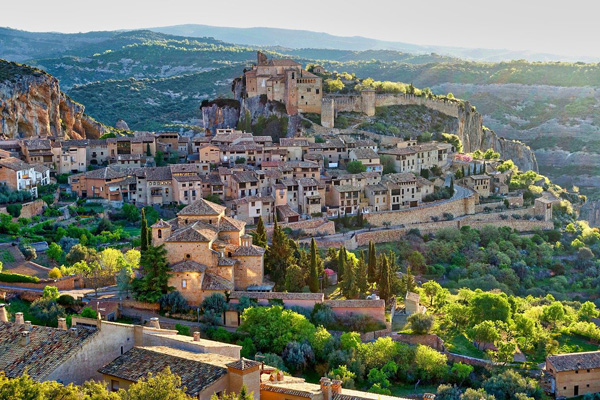The preservation of cultural heritage is people’s shared responsibility

[A cultural heritage. Photo Credit to Pixabay]
Cultural heritage is essential for maintaining the identity and history of societies, as highlighted by the recent arrest of a German tourist for illegally climbing the sacred Kukulkán pyramid at Chichen Itza during the spring equinox celebrations.
On March 21, 2025, a 38-year-old German tourist was arrested for climbing the sacred Kukulkán pyramid, also known as El Castillo.
This incident has gained international attention and raised concerns about tourist behavior at cultural sites.
The Kukulkán pyramid is a Mayan relic and a symbol of Mexico’s historical and cultural heritage.
Unauthorized climbing of this sacred structure has outraged local communities and represents a global issue for cultural sites.
Similar incidents occur all over the world.
Tourists continue to vandalize or destroy the Roman Colosseum in Italy, and illegal scaling of the Egyptian pyramids persists.
Such activities diminish cultural heritage value and prevent generations from seeing these monuments in their original state.
To address these problems, various measures are being implemented to protect cultural heritage worldwide.
One example is the development of pre-visit education programs that inform visitors of the historical and cultural importance of sites and outline proper behavior.
Visitors to the Colosseum must read educational materials about its history and the consequences of destruction.
Multilingual signboards and audio guides are now common to convey rules and information to different audiences.
The Peruvian government has mandated a pre-education program for visitors to preserve Machu Picchu.
Before visiting, tourists are instructed not to deviate from designated routes, not to throw trash, and to follow other preservation guidelines.
This program aims to prevent damage to historic sites and to increase visitors’ sense of responsibility.
Another approach involves strengthening laws on cultural heritage protection to deter destruction or vandalism.
For example, the Roman Colosseum now features high-definition cameras equipped with AI-based analysis to detect graffiti.
This technology can identify harmful behavior in real time and enable immediate intervention.
After Rio Tinto’s destruction of the Indigenous heritage at Juukan Gorge in 2020, Australia strengthened its heritage protection laws.
A third strategy focuses on managing and preserving cultural heritage in cooperation with local communities and through on-site personnel management.
A historic city in the Philippines demonstrates success in developing sustainable preservation and management methods with local communities.
This approach has integrated local residents into heritage management and achieved effective preservation with limited resources.
The ancient Jordanian city of Petra has also implemented visitor management strategies including timed admission for guided groups to reduce congestion and improve visitor experience.
These efforts not only protect cultural heritage physically but also ensure that its historical and cultural value is preserved for future generations.
Cultural heritage functions as a source of tourism and a reflection of shared human history and identity.
Its preservation is a collective responsibility that requires ongoing vigilance and cooperation among all stakeholders.
By working together, society can safeguard this invaluable heritage for generations to come.

- Sean Jung / Grade 10 Session 1
- Eric Hamber Secondary School

![THE HERALD STUDENT REPORTERS [US]](/assets/images/logo_student_us.png)
![THE HERALD STUDENT REPORTERS [Canada]](/assets/images/logo_student_ca.png)
